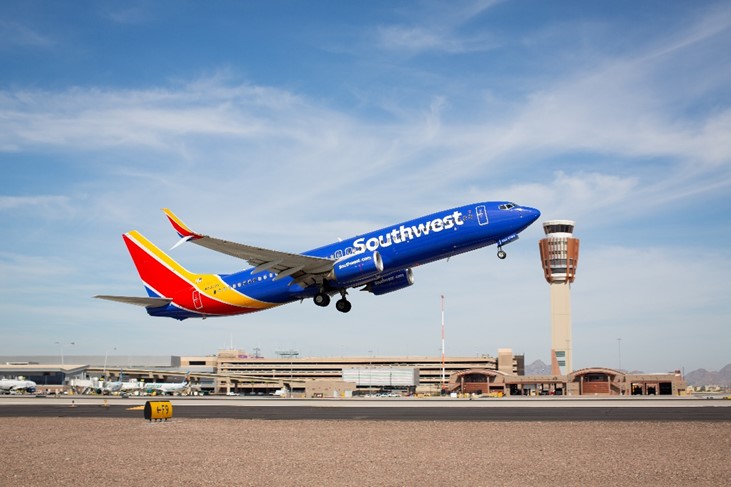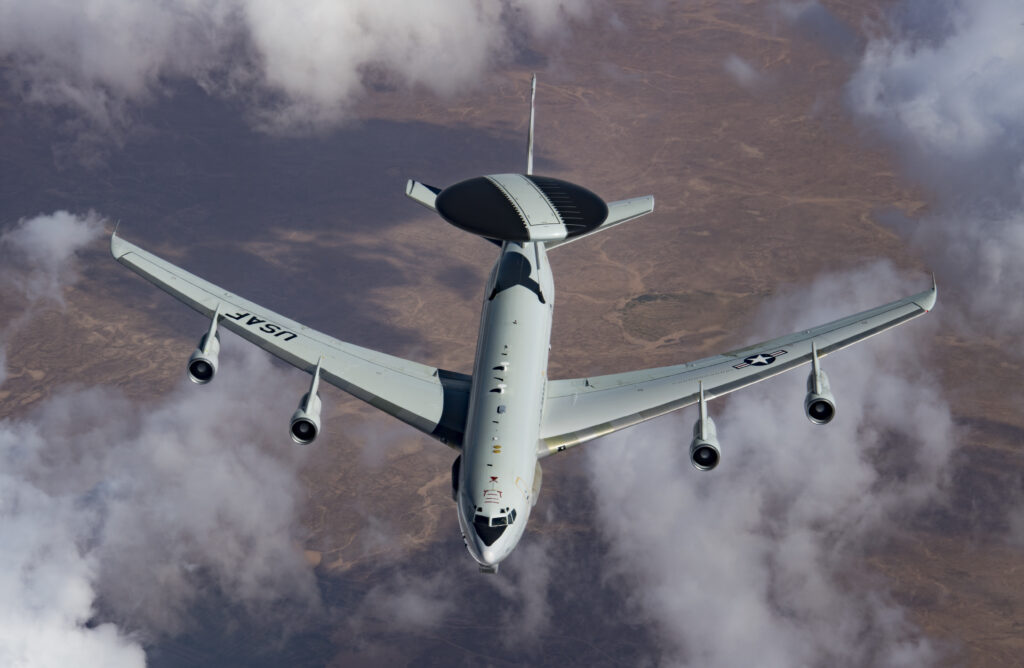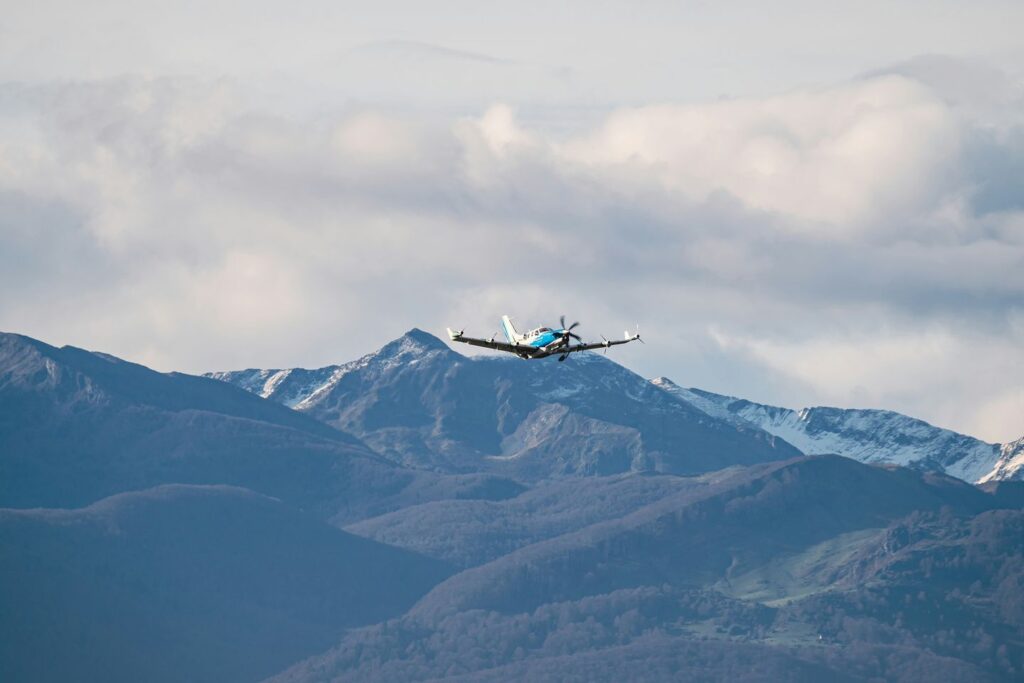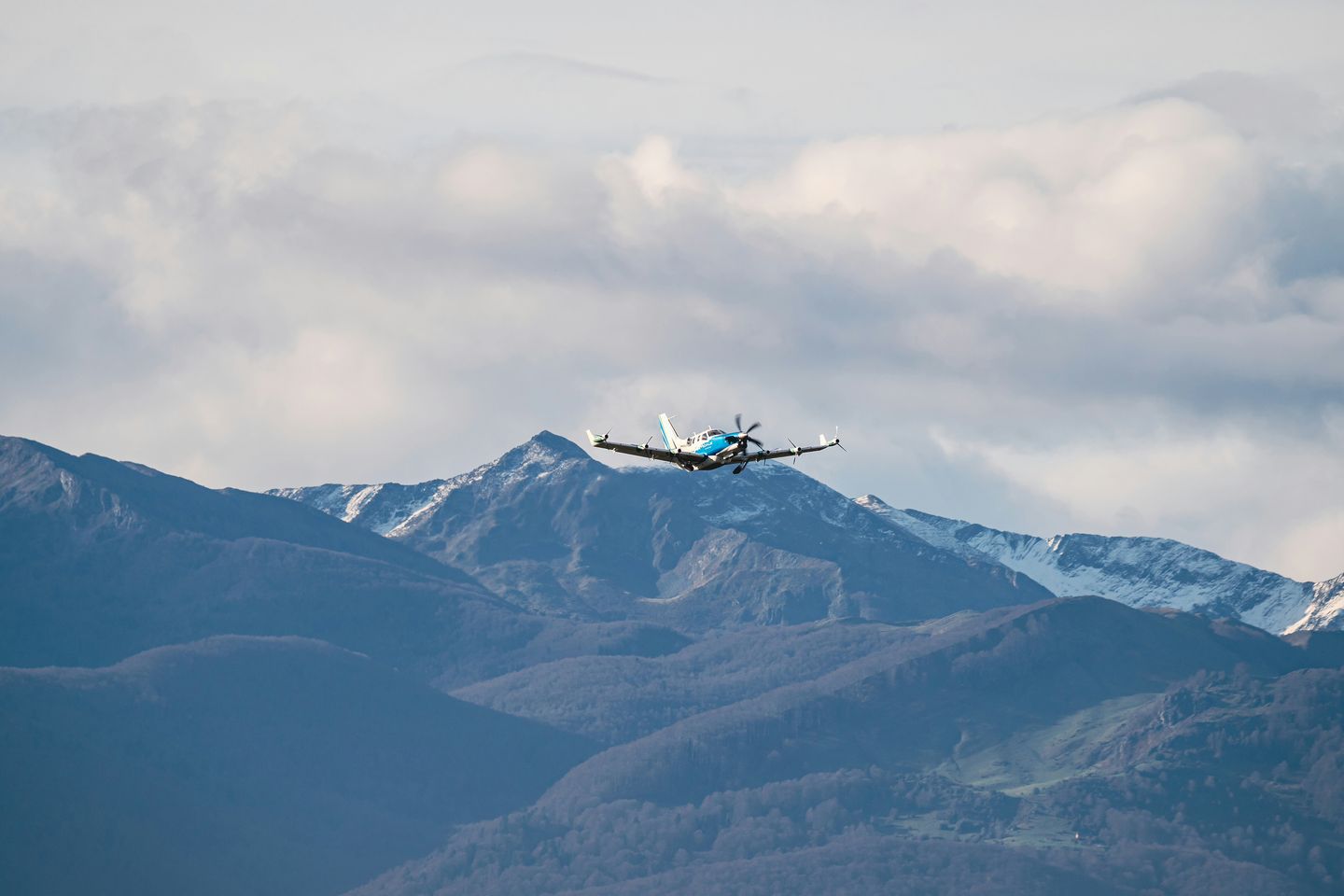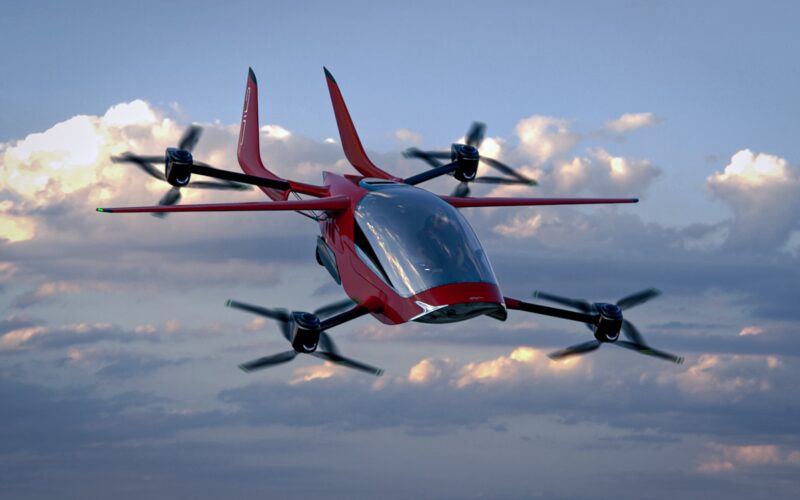
Editor’s note: This is the second in a two-part series on FAA certification of light sport and electric vertical takeoff and landing aircraft. The first can be found here.
The FAA is proposing a rule modification for certifying light sport aircraft called the Modernization of Special Airworthiness Certification, or MOSAIC, to incorporate the development of emerging technologies, in particular electrically-powered rotorcraft.
Two decades of data show that flying LSA-approved aircraft was safer than amateur-built kit and ultralight aircraft, according to Vertical Flight Society Director of Strategy Mike Hirschberg. This, he said, demonstrated that the LSA “experiment” was successful and could be modified to include larger aircraft, small rotorcraft and electric aircraft.
MOSAIC will enable companies targeting personal/private and recreational use of their aircraft because the proposed rule allows LSA pilots to fly for recreational purposes and not for carrying persons or property for compensation or hire. Hirschberg said companies with smaller one- and two-seat eVTOL aircraft would be able to sell their factory-built air vehicles for private or recreational use in the US, allowing some ultralight aircraft, which are more severely restricted by speed and weight, to be approved as compliant with MOSAIC requirements. This would allow larger designs with a higher expectation of safety.
AIR of Israel plans to have its AIR ONE two-seat multi-copter with collapsible wings approved for use in US airspace under MOSAIC if the rule is finalized as written. Roni Flouts, AIR CEO, told Avionics on Nov. 2 that approval under MOSAIC would allow the company to offer its aircraft in the US much sooner than competitors.
AIR also has the aircraft undergoing type certification. Flouts said the company plans to offer the AIR ONE not only as a recreation and commuting aircraft but also as a training platform. AIR wants to use the AIR ONE to train powered lift pilots for flying eVTOL aircraft being developed by companies such as Joby, Beta Technologies and Archer.
The FAA created the LSA category to establish rules for the manufacture, certification, operation and maintenance of light-sport aircraft such as airplanes, gliders, balloons, powered parachutes, weight-shift-control aircraft and gyroplanes weighing less than 1,320 lbs or 1,430 lbs for aircraft intended for operation on water. The FAA uses experimental amateur-built aircraft for the safety continuum or requirement, discussions since they are similar to light-sport category aircraft in the MOSAIC proposal.
Amateur-built aircraft are largely used for recreational purposes, are flown by sport pilots and pilots with higher grade certificates, and generally have the same flight envelope and occupancy limits. Amateur-built aircraft have no regulatory design requirements for the suitability of materials used, structural integrity, or instruments, equipment and systems. MOSAIC would prescribe design requirements for light-sport aircraft for these items.
The FAA said light-sport category aircraft, since 2004, have shown a lower accident rate than experimental amateur-built airplanes. As of 2021, there have been 984 accidents, or incidents involving light-sport category aircraft, with roughly half of those accidents or incidents occurring during the landing phase.
Of the 501 landing accidents, seven resulted in a fatality. The second highest number of accidents or incidents, 164, occurred during an emergency descent.
Carl Dietrich, Jump Aero Inc. founder and president said the safety record of light sport aircraft since the category was established is somewhat remarkable considering the durability issues these aircraft had in the field due to the weight limit in the existing definition. The FAA, he said, now has data from the past 20 years that the process of declaring compliance with industry standards results in a safety record that is almost as good as certified aircraft that have gone through the more burdensome FAA certification process.
The FAA considers that the safety record of light-sport category aircraft validates certification requirements originally established and provides support for expanding the scope of certification for light-sport category aircraft and operations.
“The FAA intends for these expansions to increase safety by encouraging aircraft owners, who may be deciding between an experimental aircraft or a light-sport category aircraft, to choose aircraft higher on the safety continuum and, therefore, meet higher aircraft certification requirements,” the administration said in its Federal Register notice.
The proposal would also expand the type of aircraft sport pilots can operate and allow them to use their aircraft for a wider range of operations, such as some aerial work. If MOSAIC is finalized, Hirschberg said, small eVTOL and electric conventional takeoff and landing (eCTOL) aircraft could be operated by sport pilots. Although sport pilots could operate aircraft designed with up to four seats, they would remain limited to operating with only one passenger.
Pivotal, developer of the BlackFly and Helix single-seat tilt eVTOL with fixed rotors and tandem wings, supports MOSAIC. Kristina Menton, company COO, told Avionics on Nov. 8 that Pivotal is specifically in support of adopting a performance-based requirement for LSA.
Pivotal, she said, also endorses allowing increased aviation training device credit for simulator time beyond the 2.5 hours that would be permitted for sport pilots under MOSAIC. This is because not only are modern simulators highly realistic to actual flying of alternate types of aircraft, but flying on a Cessna or similar fixed-wing aircraft is not the best training for flying a BlackFly or Helix. The FAA does not currently permit the use of flight simulation training devices (FSTD) or aviation training devices (ATD) to meet sport pilot experience requirements for a certificate or rating.
Not everything is potentially positive for electric aircraft developers under MOSAIC. Hirschberg said that if light-sport aircraft under the proposed rule amendment are not sufficiently airworthy, or their pilots are not sufficiently risk-adverse, they could tarnish the image of rotorcraft and electric aircraft in the minds of the public and the FAA.
The administration announced on Oct. 4 that it extended the comment period for MOSAIC through Jan. 22.
—————
Boost Internet Speed–
Free Business Hosting–
Free Email Account–
Dropcatch–
Free Secure Email–
Secure Email–
Cheap VOIP Calls–
Free Hosting–
Boost Inflight Wifi–
Premium Domains–
Free Domains






